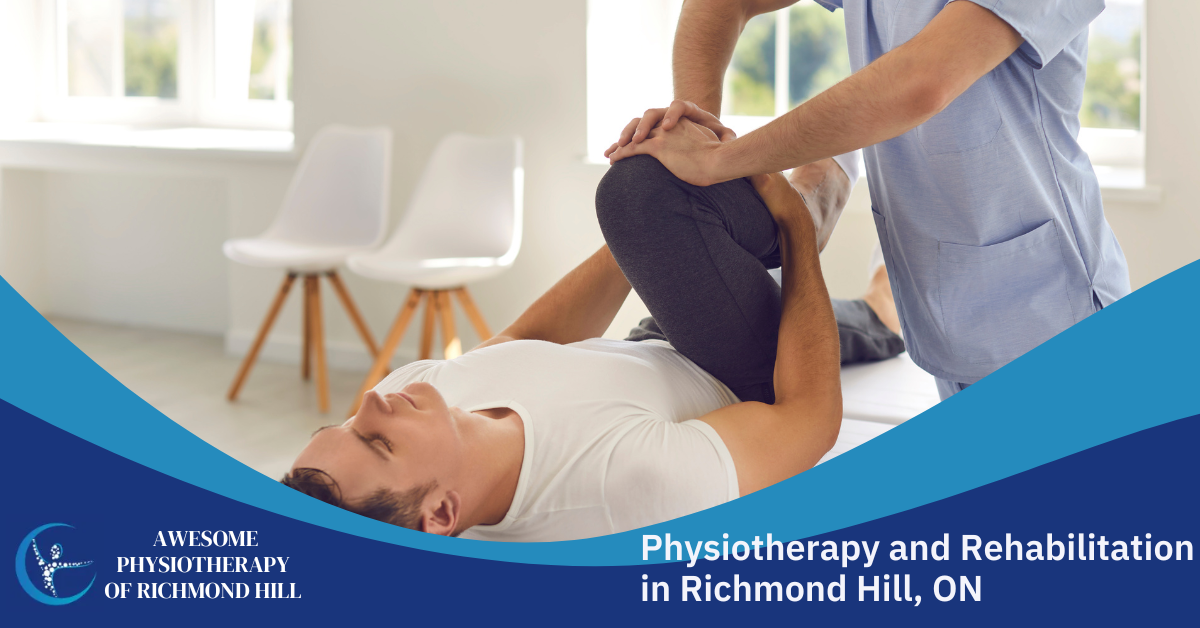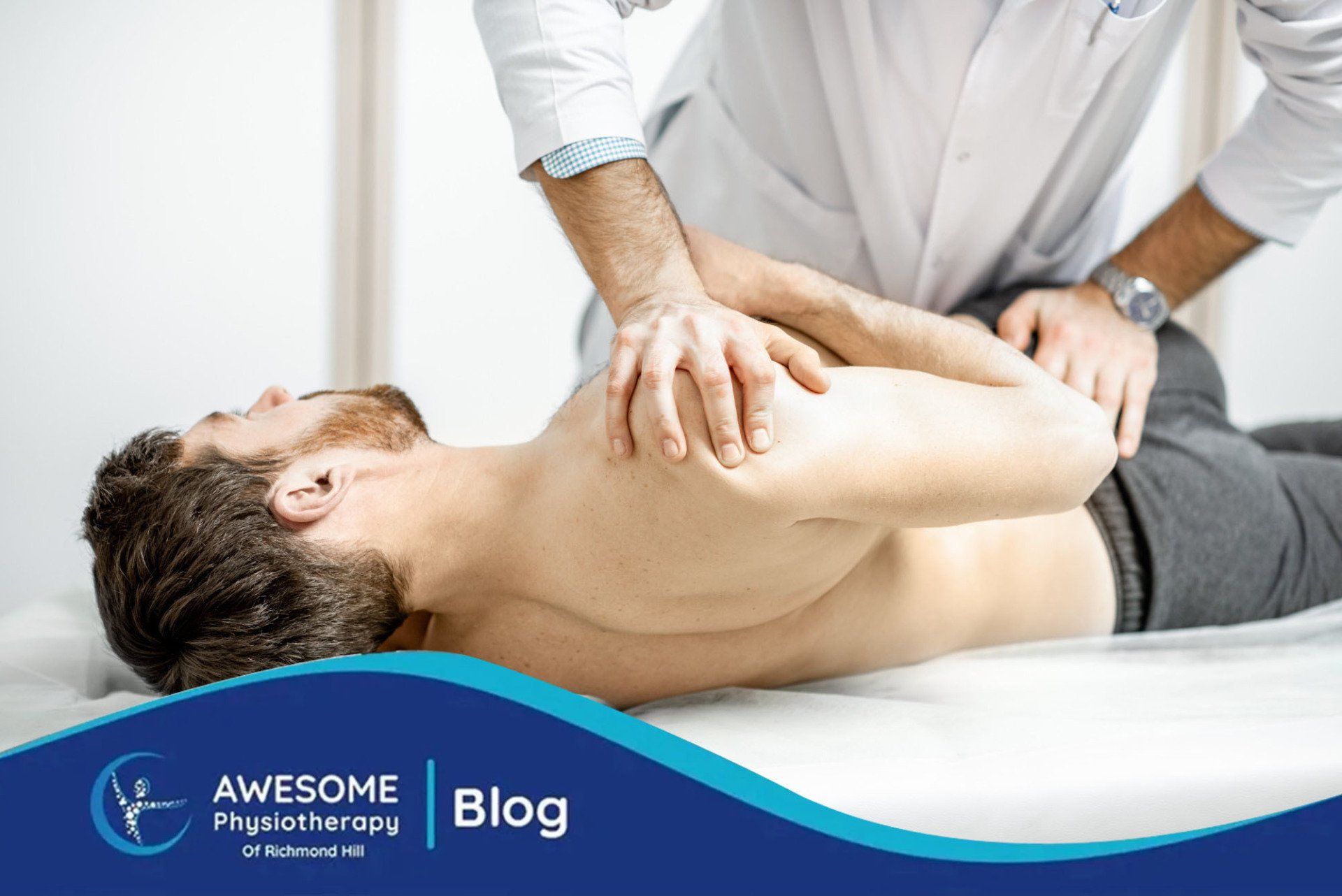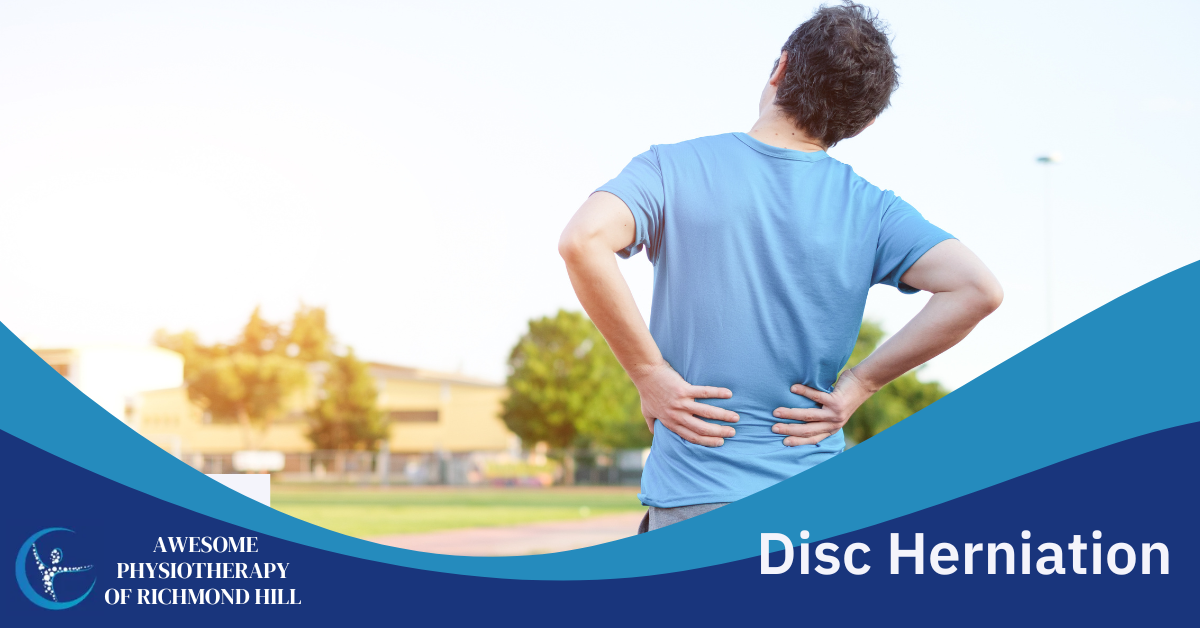How Physiotherapy Can Relieve TMJ Disorder Symptoms
Do you suffer from persistent pain in your jaw or face? Does clicking or popping sounds come from your jaw when you move it? These may be signs of a temporomandibular joint (TMJ) disorder.
The temporomandibular joint (TMJ) is the hinge that connects your jaw to your skull. It’s responsible for all the moving and function of your jaw, so it’s no surprise that it can cause a lot of pain and dysfunction when something goes wrong with this joint.
One of the most common TMJ disorders is called temporomandibular joint disorder (TMD), which can be caused by a number of things, including teeth grinding, arthritis, jaw injury, or stress. Symptoms of TMD include pain in the jaw, face, neck, or ears; clicking or popping sounds when you move your jaw; difficulty chewing; and headaches.
If you’re suffering from TMD, you may be looking for relief. And one option you may want to consider is
physiotherapy. This article will explore how physiotherapy can help relieve the symptoms of TMD.
What is Physical Therapy?
Physical therapy is a type of physical therapy that uses exercises and other techniques to improve your movement and function. It can be used to treat a wide variety of conditions, including pain, injuries, and chronic diseases.
For people with TMD, physiotherapy can help stretch and strengthen the muscles around the jaw. This can help to reduce pain and improve function. Physiotherapy can also help break up any scar tissue that has formed around the joint, leading to pain and stiffness.
In addition, physiotherapy can help to teach you how to move and use your jaw properly. This can help to prevent further injury and pain. And finally, physiotherapy can help to reduce stress, which can be a trigger for TMD.
If you’re interested in trying physiotherapy for your TMD, be sure to consult with your doctor or dentist first. They can refer you to a qualified
physiotherapist who can create a treatment plan that’s tailored to your specific needs.
How Physiotherapy Can Help Patients with TMD
Physiotherapy can be an effective treatment for TMD, as it can help to reduce pain and inflammation, improve range of motion, and increase jaw strength. Here are some specific ways physiotherapy can help relieve TMJ symptoms:
Manual Therapy
Manual therapy is a type of physiotherapy that involves using hands-on techniques to release muscle tension, increase range of motion, and improve joint function. When it comes to treating TMD, manual therapy can be particularly helpful in relieving pain and restoring normal jaw function.
Exercise Therapy
Exercise therapy involves a series of exercises specifically designed to improve strength, flexibility, and range of motion. For people with TMD, exercise therapy can help to stretch and strengthen the muscles around the jaw, which can, in turn, help to reduce pain and improve jaw function.
Ultrasound Therapy
Ultrasound therapy is a type of physiotherapy that uses sound waves to relieve pain and inflammation. When applied to the jaw, ultrasound therapy can help to reduce TMJ pain and inflammation.
Electrical Stimulation Therapy
Electrical stimulation therapy is another type of physiotherapy that uses electrical currents to relieve pain and promote healing. This therapy can be particularly helpful in reducing muscle spasms around the TMJ.
Hot/Cold Therapy
Applying heat or cold to the jaw can also be helpful in reducing TMJ pain and inflammation. Heat therapy can help to increase blood flow and loosen tight muscles, while cold therapy can help to numb pain and reduce inflammation.
Common TMJ Disorder Symptoms
There are a number of different symptoms that can be associated with TMJ disorders. The most common ones include:
Pain in the jaw, face, neck, or ears- Clicking or popping sounds when you move your jaw
- Difficulty chewing
- Headaches
- Dizziness
- Ringing in the ears
If you’re experiencing any of these symptoms, it’s important to see your doctor or physiotherapist get a proper diagnosis. Once an accurate diagnosis has been made, your healthcare team will be able to develop an appropriate treatment plan to help relieve your symptoms.
While physiotherapy can be an effective treatment for TMJ disorders, it’s important to remember that every case is different. What works for one person may not work for another. But don’t despair—there are a number of different treatment options available, and with the help of your healthcare team, you’ll find the one that’s right for you.
How Can a Physiotherapist Help?
If you’re suffering from TMD, the first step is to see your doctor or physiotherapist get a proper diagnosis. Once an accurate diagnosis has been made, your healthcare team will be able to develop an appropriate treatment plan.
Your physiotherapist will likely start by asking you about your symptoms and medical history. They will then do a physical examination, assessing your range of motion, muscle strength, and jaw function. Based on this information, your physiotherapist will develop a treatment plan specifically for you.
Your treatment plan may include a combination of different physiotherapy techniques, such as manual therapy, exercise therapy, ultrasound therapy, electrical stimulation therapy, and hot/cold therapy. Your physiotherapist will likely also give you some at-home exercises to do, and they may provide you with a mouth guard or splint to wear at night.
More Approach to the Problem
In some cases, TMJ disorders can be caused by an underlying problem, such as teeth grinding or arthritis. If this is the case, your physiotherapist will likely recommend treating the underlying problem in addition to your TMD.
For example, if you have arthritis, your physiotherapist may recommend a course of joint protection and anti-inflammatory medication. If you grind your teeth, they may recommend wearing a mouth guard at night.
TMJ Disorders and Dental Health
It’s important to remember that TMJ disorders can have a significant impact on your dental health. If you’re suffering from TMD, it’s important to see your dentist on a regular basis so they can monitor your condition and provide any necessary treatment.
Your dentist may also be able to provide you with a mouth guard or splint to wear at night. This can help to protect your teeth from the effects of grinding or clenching. In some cases, TMJ disorders can lead to a loss of tooth enamel. If this happens, it’s important to see your dentist so they can provide you with the necessary treatment.
Benefits of Physical Therapy for TMJ
Many different benefits come with physiotherapy for TMJ disorders. Physiotherapy can help to:
Relieve pain- Reduce inflammation
- Improve range of motion
- Increase muscle strength
- Improve joint function
- Reduce muscle spasms
These are just a few ways in which physiotherapy can help improve your quality of life if you’re suffering from TMD. If you think physiotherapy may be right for you, talk to your doctor or physiotherapist about your treatment options.
The Bottom Line
TMJ disorders are a serious problem that can significantly impact someone’s quality of life. However, there is help available in the form of physiotherapy. You don’t have to suffer in silence – physiotherapy can help you get your life back! If you are struggling with TMJ disorder, don’t hesitate to get in touch with your local physiotherapist for an evaluation and treatment plan.
Physiotherapy Center in Richmond Hill, Ontario
If you’re looking for more information on physiotherapy and how it can help relieve TMJ symptoms, please contact
Awesome Physiotherapy Of Richmond Hill today. Give us a call at
(289) 207-5186 or email us at
pnphysio@bellnet.ca. We’d be happy to discuss with you about your specific situation and develop a treatment plan that will work for you.



How Physiotherapy Can Help You Recover Faster: A Guide to Physiotherapy Centers In Richmond Hill, ON







